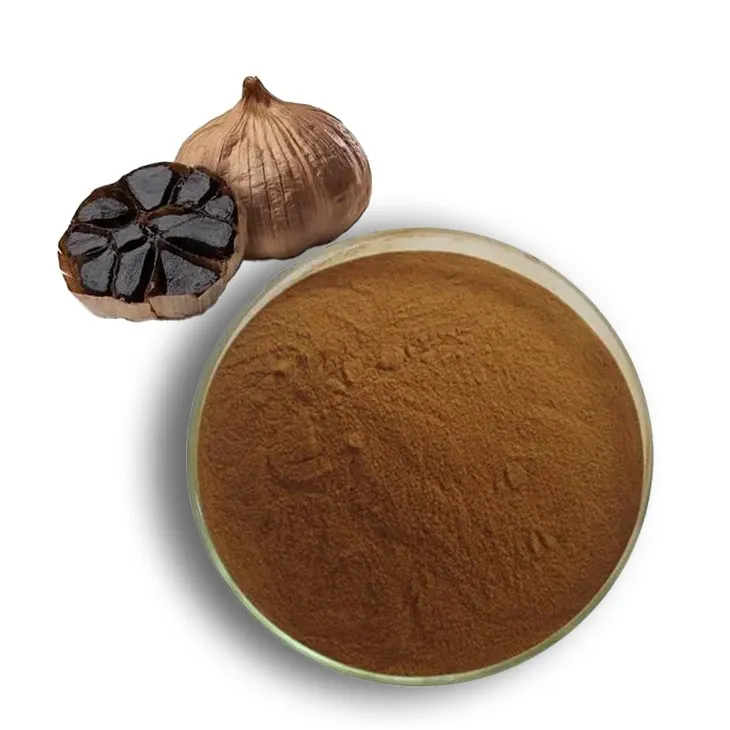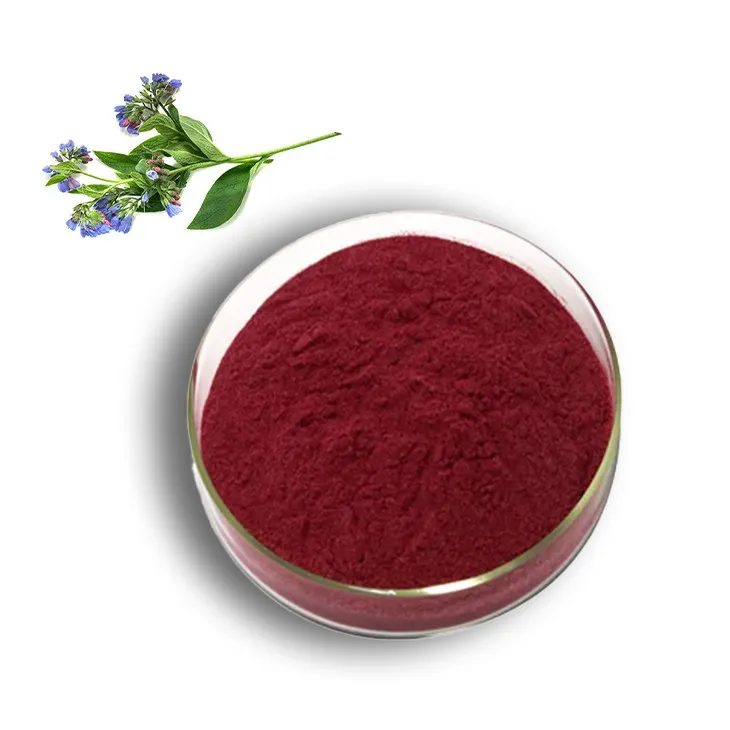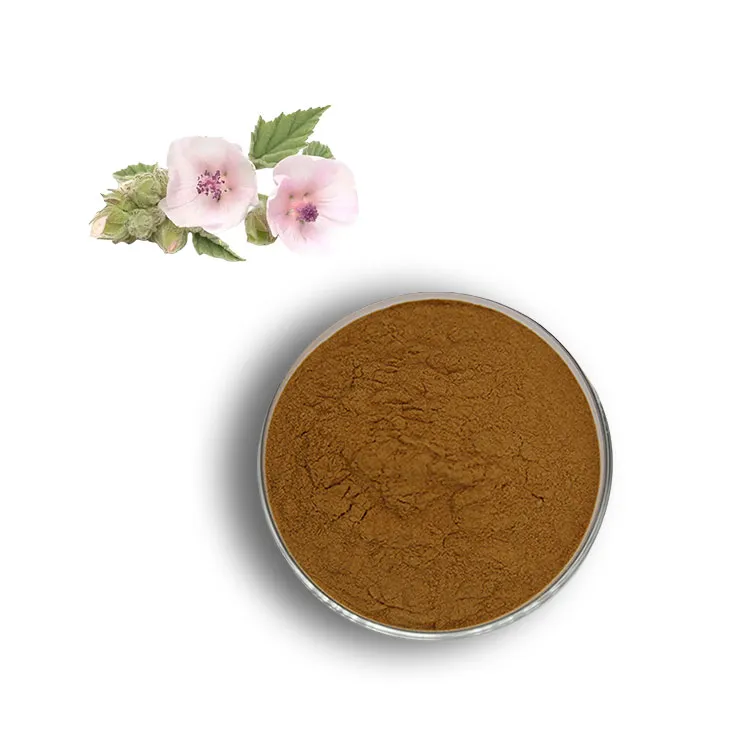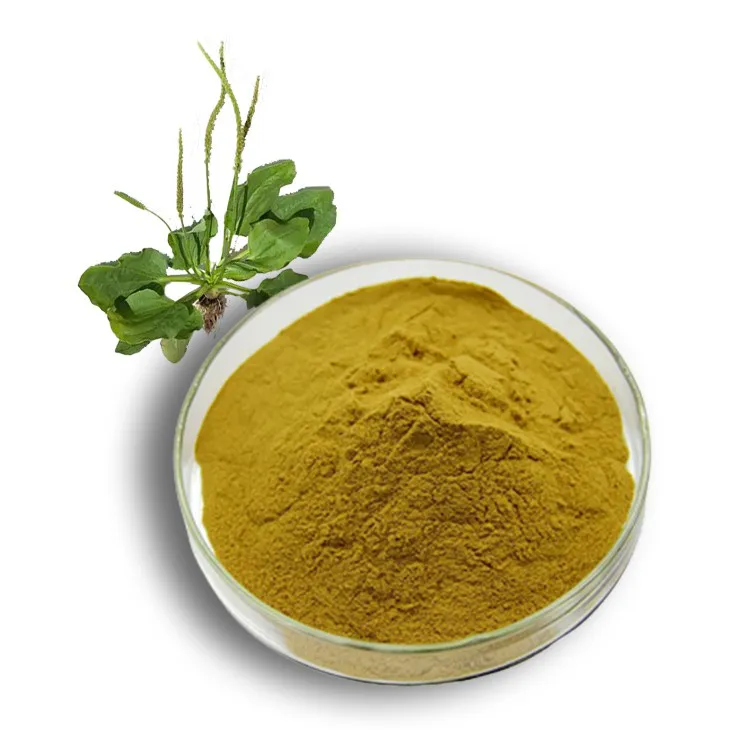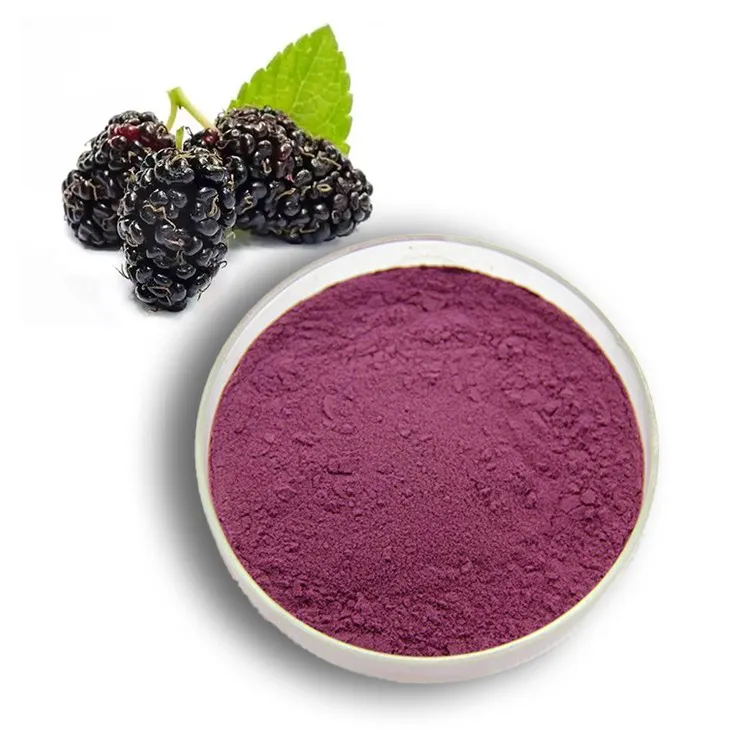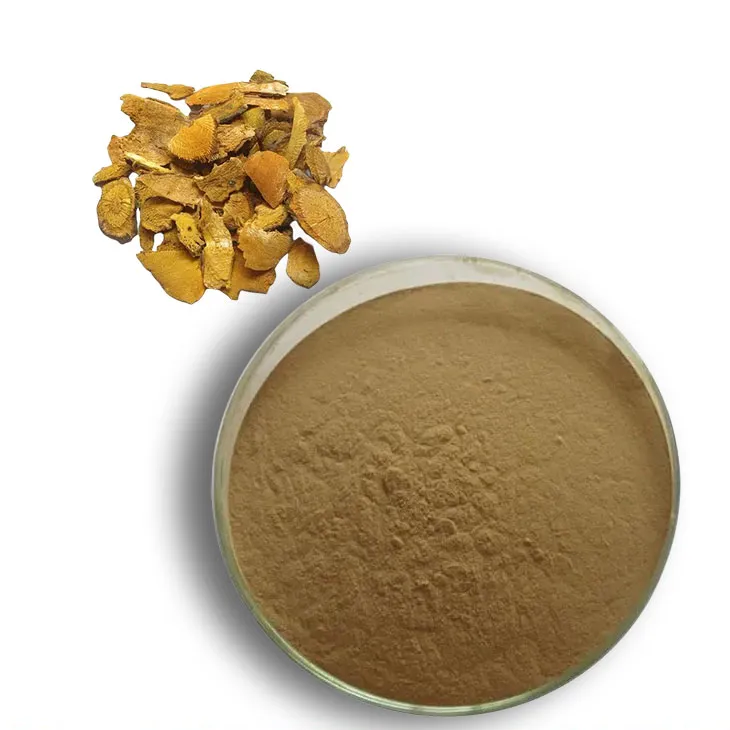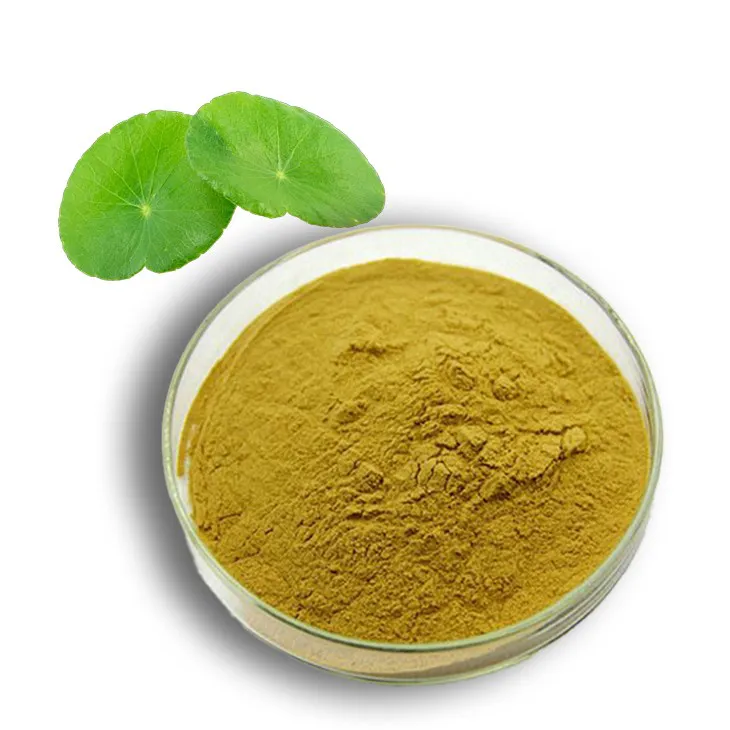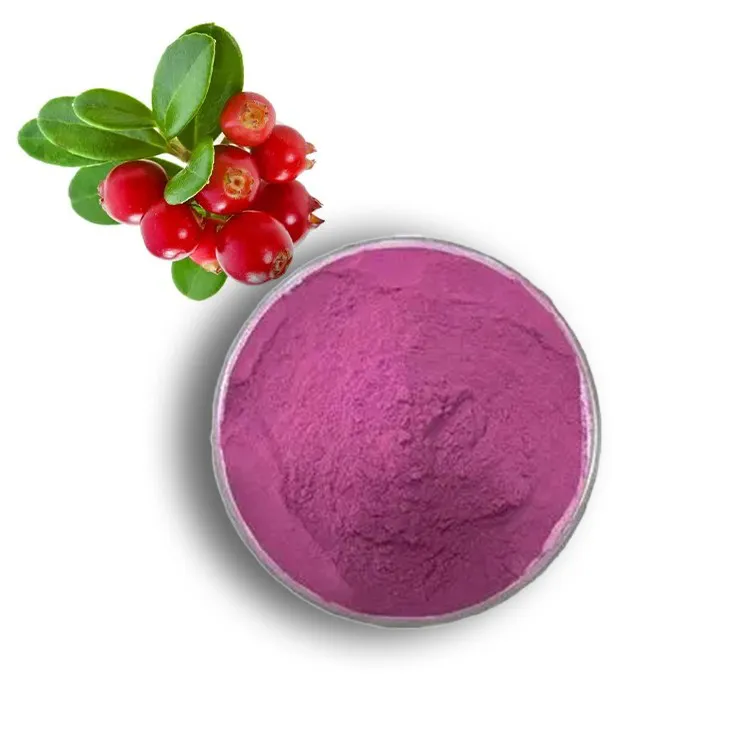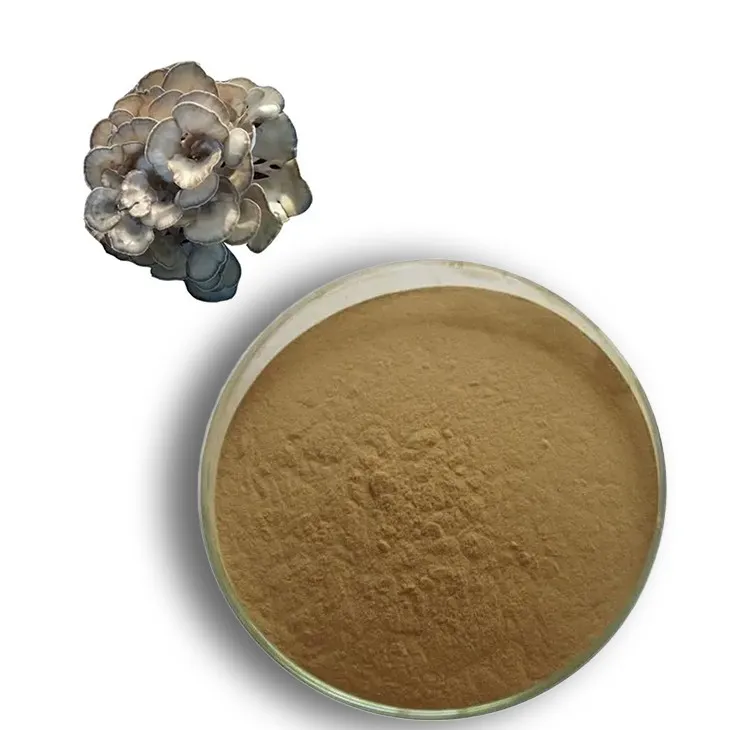- 0086-571-85302990
- sales@greenskybio.com
Multifaceted Role of Aminolevulinic Acid in Modern Medicine
2025-08-14
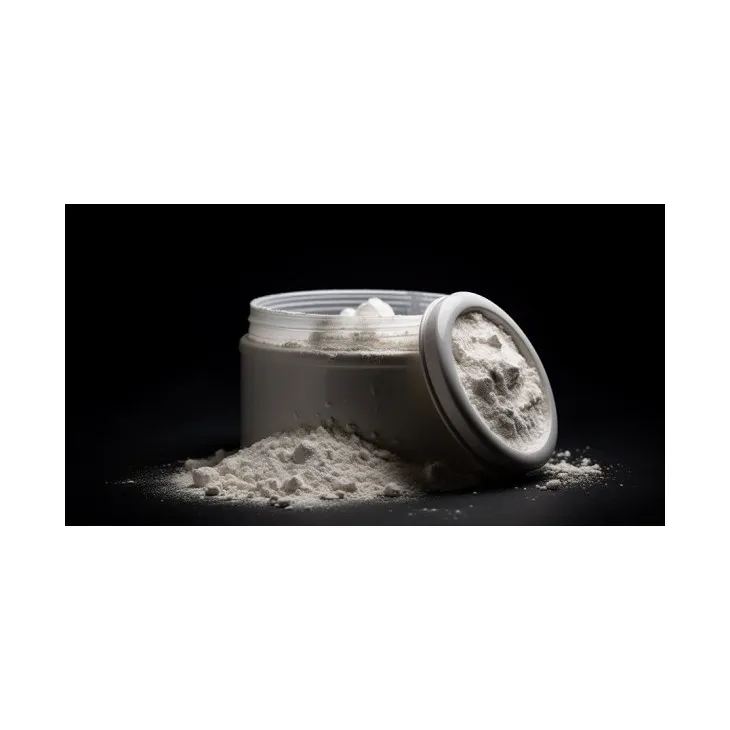
Aminolevulinic acid (ALA), a naturally occurring compound in the human body, is gaining recognition for its versatile applications in modern medicine. This compound sits at the intersection of biochemistry and medical treatments, serving as a critical precursor in the heme biosynthesis pathway and playing an instrumental role in photodynamic therapy (PDT). From treating skin conditions to detecting various cancers, ALA's therapeutic potential is vast and continually evolving. This comprehensive article examines the role of Aminolevulinic acid in medicine, its mechanisms of action, and its diverse applications across different fields.
Understanding Aminolevulinic acid
Aminolevulinic acid is an endogenous amino acid that acts as a precursor in the production of heme, an iron-containing compound integral to oxygen transport and energy production within cells. Heme is a component of hemoglobin, the molecule in red blood cells that carries oxygen throughout the body. The synthesis of heme begins with the formation of ALA in the mitochondria, catalyzed by the enzyme ALA synthase. This small but mighty molecule is medically significant due to its ability to induce the accumulation of protoporphyrin IX (PpIX), a photosensitive compound, when administered exogenously.
Mechanism of Action
When aminolevulinic acid is introduced into the body—either topically or systemically—it is absorbed by cells and converted into protoporphyrin IX. This conversion takes advantage of the naturally occurring heme synthesis pathway. As PpIX is a photosensitizer, it absorbs specific wavelengths of light, leading to the production of reactive oxygen species (ROS) and free radicals when exposed to light of such wavelengths. These reactive molecules cause localized damage to cellular structures, including membranes and DNA, effectively leading to cell death. This mechanism forms the basis of photodynamic therapy, a targeted treatment approach for various medical conditions.
Applications in Medicine
1. Photodynamic Therapy in Dermatology
One of the primary uses of aminolevulinic acid is in photodynamic therapy for dermatological conditions. ALA-PDT is especially effective in treating actinic keratosis, a common precancerous skin condition resulting from long-term sun exposure. It is also used for basal cell carcinoma and Bowen’s disease. In these treatments, ALA is applied topically to the affected skin areas, causing PpIX to accumulate. When the area is illuminated with a specific wavelength of light, the accumulated PpIX generates ROS, selectively destroying the diseased cells while sparing the surrounding healthy tissue.
2. Cancer Detection and Therapy
The fluorescence properties of protoporphyrin IX enable ALA to be used in cancer detection. ALA is administered to patients, leading to PpIX accumulation in cancerous tissues. During surgical procedures, fluorescence-guided resection techniques use this principle to help surgeons distinguish between malignant and healthy tissues, improving the precision of tumor removal. Glioblastomas and other types of brain tumors are prime candidates for such procedures, where delineation between normal and cancerous tissue is crucial.
In addition to detecting cancer, ALA is used therapeutically. It plays a significant role in treating superficial bladder cancer. ALA-derived PpIX accumulates in cancer cells, which then become targetable with photodynamic therapy to kill these malignant cells effectively.
3. Role in Ophthalmology
In ophthalmology, ALA and related photodynamic therapies have been explored for treating neovascular age-related macular degeneration (AMD). Although its use in this field is less widespread, research continues to explore its potential, particularly in targeting pathologic blood vessels in the eye that damage vision.
4. Treating Other Medical Conditions
Research has also examined the role of aminolevulinic acid in treating infections such as acne vulgaris, where PpIX’s ability to penetrate and destroy pathogenic bacteria is beneficial. Furthermore, ALA-PDT has shown promise in studies targeting human papillomavirus (HPV) and other viral infections, though more clinical trials are needed to confirm these applications.
Safety and Side Effects
While aminolevulinic acid and its related treatments are generally considered safe, they come with some precautions and potential side effects. During and after PDT, patients may experience pain, redness, and swelling at the treatment site. Because PpIX is photosensitizing, patients need to protect treated areas from sunlight and bright indoor light for a recommended period to prevent phototoxic reactions. These side effects are usually temporary and resolve after a few days.
Rarely, severe allergic reactions to ALA can occur, necessitating immediate medical attention. As with any medical procedure or treatment, the benefits and risks should be evaluated thoroughly with a healthcare provider.
Emerging Research and Future Directions
The scope of aminolevulinic acid in medicine continues to expand as researchers uncover new applications and refine existing techniques. Current research focuses on enhancing the efficacy of PDT by optimizing light delivery systems, using ALA in combination with other drugs, and improving patient outcomes through personalized treatment protocols.
Additionally, the potential role of ALA in metabolic health, where it might impact mitochondrial function and energy production, opens up exciting avenues for research into conditions like metabolic syndrome and diabetes.
Conclusion
Aminolevulinic acid represents a fascinating intersection of natural biochemistry and innovative medical treatment. Its role in photodynamic therapy alone showcases its invaluable contribution to dermatology and oncology. As new research advances its applications in detecting and treating disease, ALA’s significance in modern medicine continues to grow. With ongoing studies and technological advancements, aminolevulinic acid holds the promise to revolutionize how we approach various health challenges, underscoring its importance as a versatile and powerful tool in the medical arsenal. Whether as a diagnostic aid or therapeutic agent, ALA is poised to play an increasingly pivotal role in the future of healthcare.
- ▶ Hesperidin
- ▶ Citrus Bioflavonoids
- ▶ Plant Extract
- ▶ lycopene
- ▶ Diosmin
- ▶ Grape seed extract
- ▶ Sea buckthorn Juice Powder
- ▶ Fruit Juice Powder
- ▶ Hops Extract
- ▶ Artichoke Extract
- ▶ Mushroom extract
- ▶ Astaxanthin
- ▶ Green Tea Extract
- ▶ Curcumin
- ▶ Horse Chestnut Extract
- ▶ Other Product
- ▶ Boswellia Serrata Extract
- ▶ Resveratrol
- ▶ Marigold Extract
- ▶ Grape Leaf Extract
- ▶ New Product
- ▶ Aminolevulinic acid
- ▶ Cranberry Extract
- ▶ Red Yeast Rice
- ▶ Red Wine Extract
-
Black Garlic Extract
2025-08-14
-
Uridine-5'-monophosphate Disodium salt
2025-08-14
-
Shikonin
2025-08-14
-
Medicinal Marshmallow Extract
2025-08-14
-
Plantain extract
2025-08-14
-
Mulberry Extract
2025-08-14
-
Giant Knotweed Extract
2025-08-14
-
Centella Asiatica Extract
2025-08-14
-
Europen Bilberry Extract
2025-08-14
-
Maitake Mushroom Extract
2025-08-14











